BY ROBERT ABELE
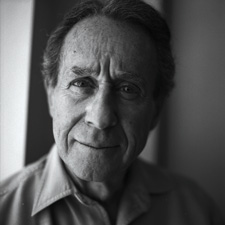 A hail of bullets met with a hail of criticism and praise when Bonnie and Clyde took American moviegoing sensibilities by storm in 1967. Director Arthur Penn's pointedly stylish update on the gangster film hit the right upending tone in a turbulent time, and made countercultural icons of the '30s-era bank robbing couple played by Warren Beatty and Faye Dunaway. "It was a time," Penn said, "where it seemed to me that if we were going to depict violence, then we would be obliged to really depict it accurately." And nothing personified that more than the legendarily bloody gunning down of its murderous anti-heroes—chaotic yet lyrical—that closes the film.
A hail of bullets met with a hail of criticism and praise when Bonnie and Clyde took American moviegoing sensibilities by storm in 1967. Director Arthur Penn's pointedly stylish update on the gangster film hit the right upending tone in a turbulent time, and made countercultural icons of the '30s-era bank robbing couple played by Warren Beatty and Faye Dunaway. "It was a time," Penn said, "where it seemed to me that if we were going to depict violence, then we would be obliged to really depict it accurately." And nothing personified that more than the legendarily bloody gunning down of its murderous anti-heroes—chaotic yet lyrical—that closes the film.
Penn, a veteran of television's Golden Age who had shown a talent in his films for emotional storytelling (The Miracle Worker) and bold experimentation (Mickey One), was troubled with how to shoot the ambush in a way that didn't merely treat Bonnie and Clyde as a pair of gangsters meeting their end. "It was not a documentary," says Penn. "So I got the idea to break the components of the massacre into something romantic, even balletic, as well as savage. They were shot with hundreds of rounds."
So over three days and a lot of preparation with wires, squibs, careful cues and several cameras with multiple speeds, Penn orchestrated an iconic sequence that in just under a minute changed the face of violence in cinema. Here, Penn lays out what made it work.
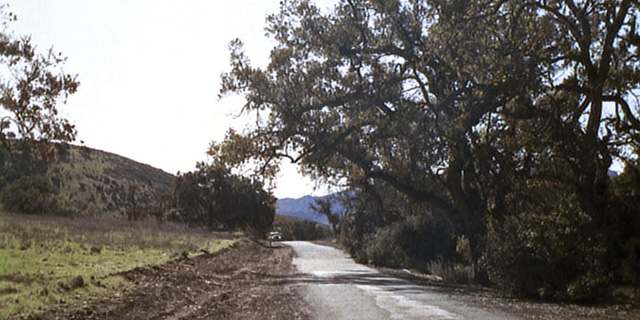
This spot outside of Los Angeles was a logical choice. We needed a clearing on one side of the road, and a good bush on the other because that's where the birds were going to be released from and where the ambushers would be hiding. We weren't doing the life of Bonnie and Clyde. We were doing Bonnie and Clyde the fable. Before we shot, Warners asked Warren and me if we wanted to shoot it in black and white, and we both responded in horror—"No!" Years later, a friend of mine was talking to Ingmar Bergman and Bergman said, "It's a wonderful film, the only thing I would have done differently was shoot it in black and white.'
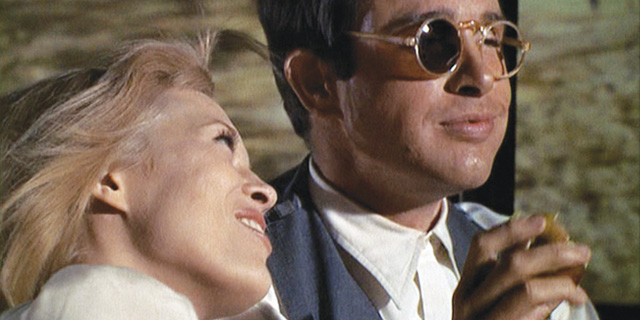
Bonnie and Clyde are feeling relaxed. This is intended to be happy. At the end of shooting we returned to Hollywood and did about a week's work at Warner Bros. This was probably shot in the studio. The way you did moving automobile shots then was you shot background keys for that particular shot. Then it's projected, and you put the actors in the car in front of it. It's more a question of getting an atmosphere. It's not just the lighting; it's whether there's air blowing, a sense of motion.
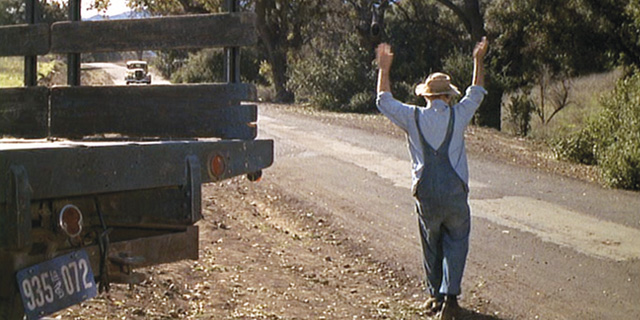
Instead of showing the ambushers waiting, I showed Malcolm Moss, C.W.'s father, waving down the car. It's been staged, but we don't know that at this point. The shot has to explain why he's waving them down. He's representing himself as being in trouble with the truck. And that gets Clyde and Bonnie's attention and they pull in, wanting to be helpful because they're his guests.
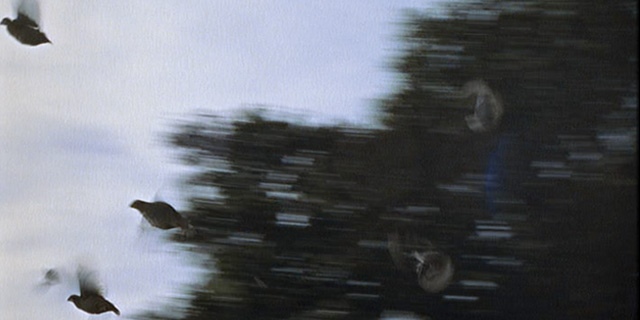
Clyde looks up when the birds, disturbed by something, fly out of the bush. And that alerts him that something is not right here. The birds were probably young pigeons released from a chicken wire cage, and it's a big swish pan as they go up into the sky that's intercut with Clyde looking at them. The birds signify that something is wrong, that someone is in the bush. Then Clyde looks at Malcolm, and now we know that Clyde senses this is the final moment of his life.
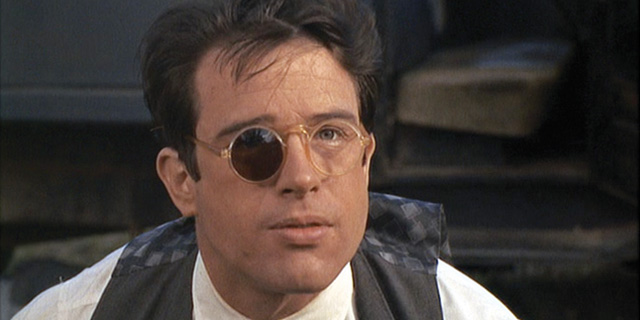
Now the realization is upon both of them that they are facing death. They turn and look at each other, and with the look they are saying goodbye, and I love you, and we're gonna die. They're quickly cut together because for them, there's no more time. What's obvious that we don't see is that the guys in the bush realize Bonnie and Clyde have caught on to the fact that they're about to be killed. And then it starts.
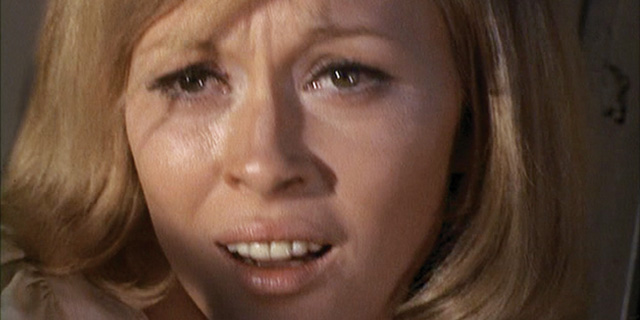
Faye is in the car, and Warren is outside the car. The only good close-up I could get of her was through the windshield. It's difficult to shot through a windshield, but great cameramen know how to do that. And this is Burney Guffey. There's not much room for more than just a close-up like this, but not so much technically, being close is just good storytelling. It's the moment to remember in this film, the last look between the lovers.
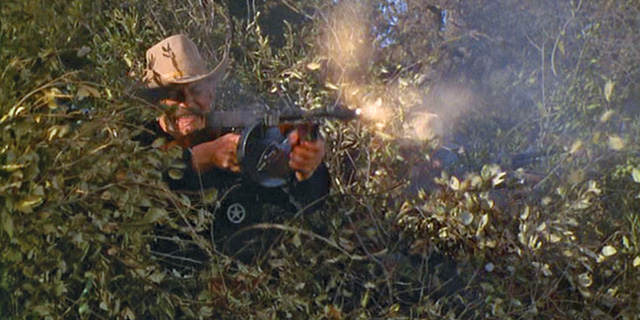
This is where the birds were. The presence of these four or five gunmen is what had spooked them. In a narrative sense, once Bonnie and Clyde are alert to the fact that this is an ambush, you're going to show the firing. It's a simple shot. I realized that it was going to be terrible if they were just shot down—as was the intention in the script—and they were ambushed and butchered. I thought, if that's the case, then this is just the story of a couple of gangsters. I wanted to interject something that was a residue of what they experienced as lovers. So now we begin a sequence that is very, very complicated.
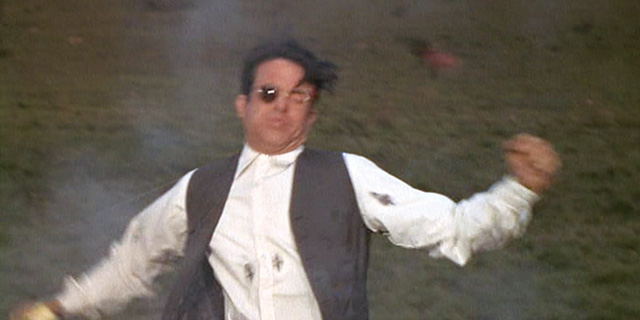
The actors had to be dressed and rigged with all these hits. It's a little metal dish in which they put a little bit of powder and an envelope of blood. They run a wire to it and cover each dish with a condom, so when the charge goes off, it blows through the rubber and releases the blood. To rig Warren, we had a bundle of wires maybe three-quarters of an inch thick going up his leg. Instead of saying "Action," I told Warren to hold a pear, and when I pointed at him to squeeze the pear, that was the cue for the special effects guys. A piece of Clyde's head comes off too, like [in the Zapruder film of] the Kennedy assassination, and that was rigged with monofilament pulled from off camera.
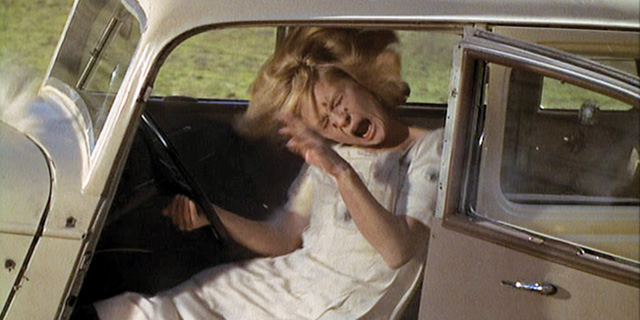
Faye was rigged the same way with hits, only we were able to run it through the car. And hits were placed all over the car. If you look up in the right-hand corner of the car where Faye is, you see all those bullet hits. Well, they weren't there 10 seconds before this shot started. The actors had to do a convincing job of being hit, moving with the velocity of the bullets that were moving them about. They had to portray the throes of death. I never had to give them direction; they were too good. Over six takes and three days, they knew what they were doing.
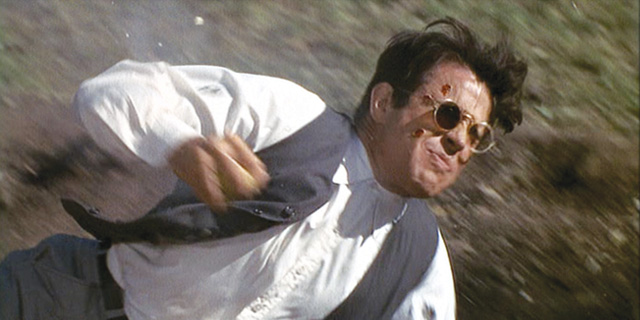
I didn't want it to be just a savage killing, which normal speed would have delivered. I wanted a residue of their romantic view of the world to still be present while they were being killed. So I rigged three high-speed cameras together at exactly the same vantage point but at different speeds with different lenses, to slow the action, as in this shot of Warren falling. Then there was our basic camera running at normal speed. The different speeds mitigated the savagery. One of the speeds was well over 100 frames per second. The cameras had to be positioned so that the film magazines didn't interfere with each other, because with that much film running through in order to get a slow-motion shot, they're large magazines.
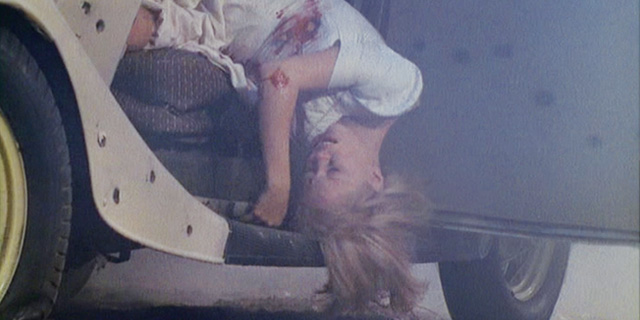
We had them wear white because it helps you see the bullet hits, and it gave it a romantic underpinning, because the violence was going to be enormous. As for the car, it was typical of the cars they'd been driving throughout the film, but I knew this one would open good and wide on this shot where Faye is hanging out of it. Faye was able to move the way she did because her right leg was tied to the emergency brake. So she knew she wouldn't fall out of the car. It was a testament to the whole deceptive skill of moviemaking, with all these artificial hits and things, but it's a very convincing sequence.
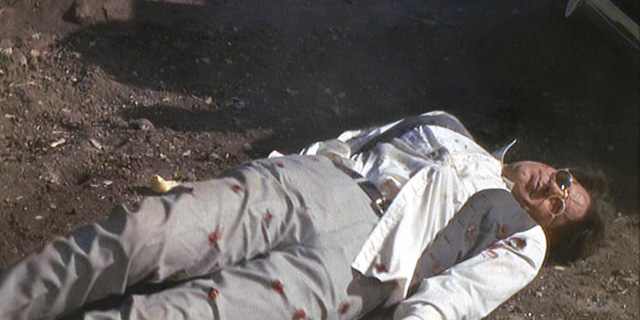
Once they got into the spirit of it and what I was intending, Warren and Faye participated vigorously. I didn't have to tell Warren to roll over like that. Also, on various takes over the days, I changed the lenses on the high-speed camera. So I had a multiplicity of shots for the editing room. Some were close, some were wide. There was a huge amount of film when we got into the cutting room, and everybody was perplexed by how to put it together. Nobody could quite understand what I had in mind until I had done it. I wanted a piece of visual music, and the different lenses and speeds gave me the options to build it.
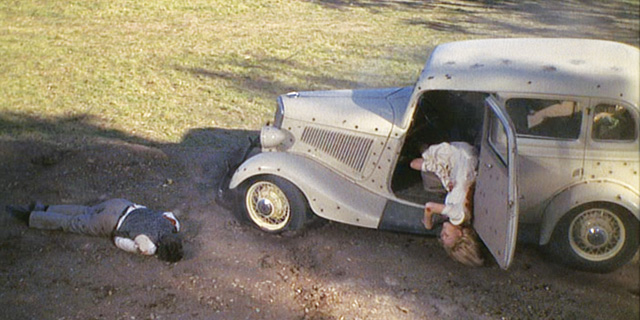
This was our regular camera, now up on a crane at normal speed. I wanted a seeming tranquility to settle in. It's the same car for each take we did. It had to be rigged over and over again. The special effects guys would come in, tape over the holes, paint the car the same color, and put the wires in. Everything took hours to rig. It meant we could only get one shot in the morning, and one in the afternoon.
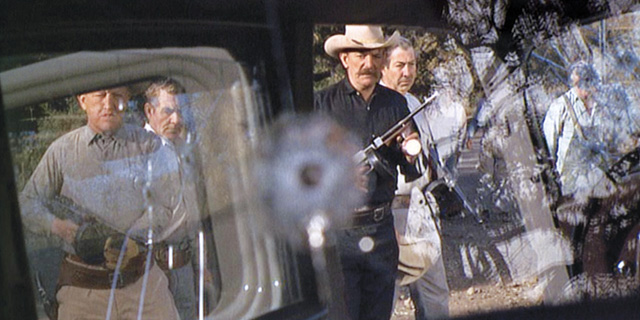
I wanted the guys who did the firing to come out and slowly realize how savage the killing was, for a kind of remorse to set in. So I brought them out, and as they moved, the camera drifted back from the door window, and across the rear window of Faye's car. And it stops to reveal this errant bullet hole, and that's it. It was the only thing I could think of to close it, to understand what this violence had been. By the time I left the vantage point of Bonnie and Clyde, I didn't want to go back there. It would have been too painful, too in your face. I wanted to leave with just the wisp of the memory of them being killed.